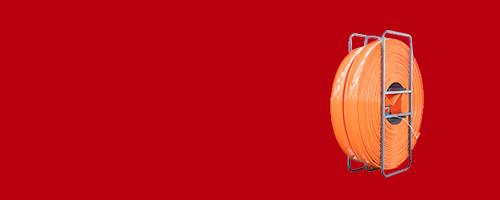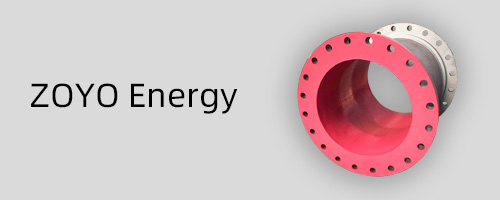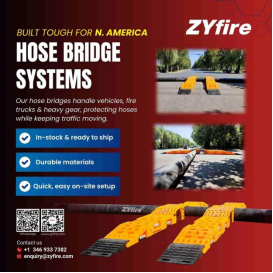
ZYfire High quality Polyurethane Lined Pipe
2025-04-30 14:00
ZYfire's Polyurethane pipe lining provides an effective solution to overcome abrasion and corrosion problems associated with moving material in the slurry and tailing transportation industries. We fabricate and line a large range of pipe hose and associated fittings, including straight pipe hose, elbows, reducers, tee spools, and much more.
Key Advantages of Polyurethane
Wide Hardness Range
Your part may be compounded in any hardness range from 10 Shore A (similar to a gum eraser) to 85 Shore D (similar to nylon). ZYfire ensures optimal material performance for every application.
Abrasion Resistance
In applications where severe wear is a problem, Polyurethane offers outstanding durability compared to rubber, plastics, or even metals. The savings in replacement parts, labor, and equipment downtime can far exceed the cost of a Polyurethane part. Whether your pipe hose suffers from scuffing, sliding, or particle impingement, ZYfire can optimize materials for maximum resistance.
High Load-Bearing Capacity
Polyurethane can be custom-formulated to resist deformation under high pressure, with low creep and compression set properties. This makes ZYfire's solutions ideal for heavy-duty pipe hose applications.
Chemical Resistance
Polyurethane compounds have excellent resistance to most aliphatic-based oils, solvents, and fats. When you choose ZYfire's Polyurethane lining, you ensure long-lasting protection for your pipe hose systems.
By integrating ZYfire's advanced Polyurethane technology, your pipe hose systems gain unmatched durability and performance.
Get the latest price? We'll respond as soon as possible(within 12 hours)

















